detail profile fayard nicholas

Fayard Nicholas
The Nicholas Brothers
atau dikenal sebagai
Riwayat Hidup
Fayard Antonio Nicholas was an American choreographer, dancer and actor.
He and his younger brother Harold Nicholas made up the Nicholas Brothers tap dance duo, who starred in the MGM musicals An All-Colored Vaudeville Show, Stormy Weather, The Pirate, and Hard Four.
The Nicholas brothers also starred in the 20th Century-Fox musicals Down Argentine Way, Sun Valley Serenade, and Orchestra Wives.
In 1932, when he was 18 and his brother was only 11, they became the featured act at Cotton Club in New York City.
The brothers earned fame with a unique style of rhythm tap that blended "masterful jazz steps with daredevil athletic moves and an elegance of motion worthy of ballet".
They appeared in the Ziegfeld Follies on Broadway and in London they worked with jazz choreographer Buddy Bradley.
The performances led them to a career in film.
Nicholas appeared in over 60 films, including the 1943 musical Stormy Weather with their signature staircase dance.
His career was interrupted from 1943 to 1944 when he served in the U.
S.
Army during World War II.
Nicholas achieved the rank of Technician fifth grade while in WWII.
After his dance career ended, Nicholas and his wife, Katherine Hopkins Nicholas, embarked on a lecture tour discussing dance.
In 2003, Nicholas served as "Festival Legend" at the third "Soul to Sole Tap Festival" in Austin, Texas.
Nicholas was inducted into the National Museum of Dance C.
V.
Whitney Hall of Fame in 2001.
Info Pribadi
Peran Yang Di Mainkan Fayard Nicholas
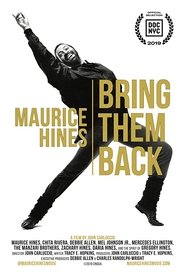 Maurice Hines a charming gay AfricanAmerican...
Maurice Hines a charming gay AfricanAmerican...Maurice Hines: Bring Them Back 2019
Maurice Hines, a charming, gay African-American entertainer navigates the complications of show business while grieving the loss of his more famous, often estranged younger brother, tap dance legend Gregory Hines.
 Broadway The Golden Age is the...
Broadway The Golden Age is the...Broadway: The Golden Age, by the Legends Who Were There 2003
Broadway: The Golden Age is the most important, ambitious and comprehensive film ever made about America's most celebrated indigenous art form. Award-winning filmmaker Rick McKay filmed over 100 of the greatest stars ever to work on Broadway or in Hollywood. He soon learned that great films can be restored, fine literature can be kept in print - but historic Broadway performances of the past are the most endangered. They leave only memories that, while more vivid, are more difficult to preserve. In their own words — and not a moment too soon — Broadway: The Golden Age tells the stories of our theatrical legends, how they came to New York, and how they created this legendary century in American theatre. This is the largest cast of legends ever in one film.
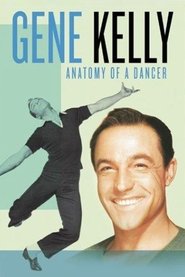 American Masters Series Documentary on Gene...
American Masters Series Documentary on Gene...Gene Kelly: Anatomy of a Dancer 2002
American Masters Series. Documentary on Gene Kelly that gives insight into his dancing, how he formed a style (first "blue collar dancer") and developed different cinematique techniques, such as brilliantly shot dancing sequences.
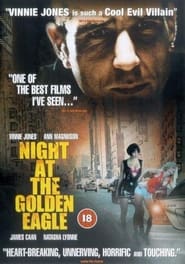 Two elderly criminals spend their final...
Two elderly criminals spend their final...Night at the Golden Eagle 2002
Two elderly criminals spend their final night in Los Angeles, California at the Golden Eagle Hotel prior to their departure to Las Vegas, Nevada, to lead a life without crime. Unfortunately, on the hottest night of the summer, these two ex-criminals seemingly get caught in the malice of prostitutes, pimps, drunken bums, fighting monkeys, and young runaways.
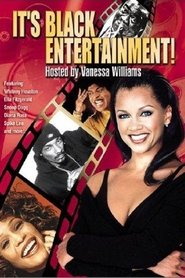 A starstudded tribute from the creators...
A starstudded tribute from the creators...It's Black Entertainment 2002
A star-studded tribute (from the creators of That's Entertainment) to the contributions of Afro-Americans in film over the last century. Vanessa Williams traces the struggles and triumphs of the superstars of music and film. Among the many artists featured are: Whitney Houston, Ella Fitzgerald, Sammy Davis Jr., Diana Ross, Michael Jackson, Cab Calloway, Bill "Bojangles" Robinson, Ella Fitzgerald, and Little Richard, Also included are today's contemporary superstars: Snoop Dogg, Ice T, Quincy Jones, Spike Lee, Russell Simmons, and many, more! 80 minutes plus DVD bonus features.
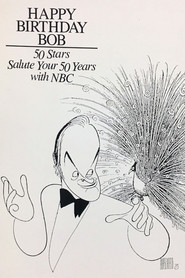 Stars celebrate Bob Hopes 50 years with...
Stars celebrate Bob Hopes 50 years with...Happy Birthday, Bob: 50 Stars Salute Your 50 Years with NBC 1988
Stars celebrate Bob Hope's 50 years with NBC.
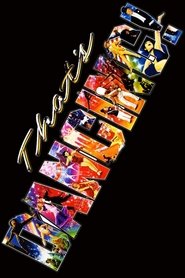 A documentary film about dancing on...
A documentary film about dancing on...That's Dancing! 1985
A documentary film about dancing on the screen, from it's orgins after the invention of the movie camera, over the movie musical from the late 20s, 30s, 40s 50s and 60s up to the break dance and the music videos from the 80s.
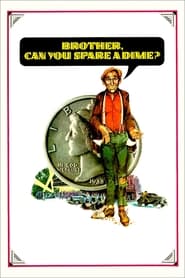 Period music film clips and newsreel...
Period music film clips and newsreel...Brother, Can You Spare a Dime? 1975
Period music, film clips and newsreel footage combined into a visual exploration of the American entertainment industry during the Great Depression.
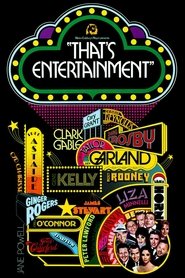 Various MGM stars from yesterday present...
Various MGM stars from yesterday present...That's Entertainment! 1974
Various MGM stars from yesterday present their favorite musical moments from the studio's 50 year history.
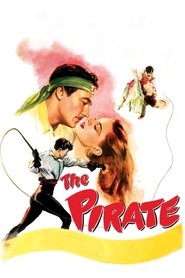 A girl is engaged to the...
A girl is engaged to the...The Pirate 1948
A girl is engaged to the local richman, but meanwhile she has dreams about the legendary pirate Macoco. A traveling singer falls in love with her and to impress her he poses as the pirate.
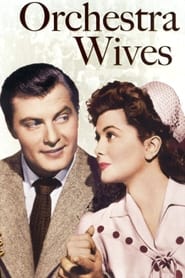 Connie Ward is in seventh heaven...
Connie Ward is in seventh heaven...Orchestra Wives 1942
Connie Ward is in seventh heaven when Gene Morrison's band rolls into town. She is swept off her feet by trumpeter Bill Abbot. After marrying him, she joins the band's tour and learns about life as an orchestra wife, weathering the catty attacks of the other band wives.
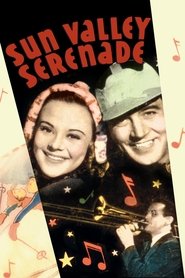 When Phil Coreys band arrives at...
When Phil Coreys band arrives at...Sun Valley Serenade 1941
When Phil Corey's band arrives at the Idaho ski resort its pianist Ted Scott is smitten with a Norwegian refugee he has sponsored, Karen Benson. When soloist Vivian Dawn quits, Karen stages an ice show as a substitute.
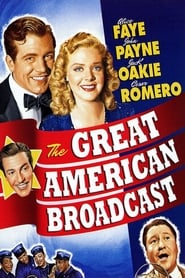 After WWI two men go into...
After WWI two men go into...The Great American Broadcast 1941
After WWI two men go into radio. Failure leads the wife of one to borrow money from another; she goes on, after separation, to stardom. A coast-to-coast radio program is set up to bring everyone back together.
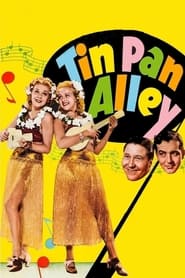 Songwriters Calhoun and Harrigan get Katie...
Songwriters Calhoun and Harrigan get Katie...Tin Pan Alley 1940
Songwriters Calhoun and Harrigan get Katie and Lily Blane to introduce a new one. Lily goes to England, and Katy joins her after the boys give a new song to Nora Bayes. All are reunited when the boys, now in the army, show up in England.
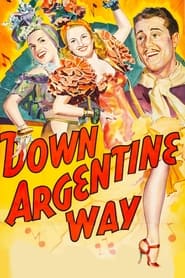 The storyin which an American heiress...
The storyin which an American heiress...Down Argentine Way 1940
The story—in which an American heiress on holiday in South America falls in love with an Argentine horse breeder against the wishes of their families—takes a backseat to the spectacular location shooting and parade of extravagant musical numbers, which include the larger-than-life Carmen Miranda singing the hit “South American Way” and a showstopping dance routine by the always amazing Nicholas Brothers.
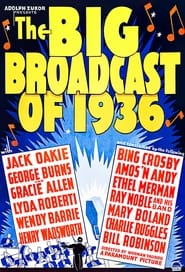 Twobit radio station owner Spud Miller...
Twobit radio station owner Spud Miller...The Big Broadcast of 1936 1935
Two-bit radio station owner Spud Miller doubles as the station's sole announcer. On the verge of bankruptcy, Spud is receptive to the wacky notions of George and Gracie, who've just invented a television device that can pick up and transmit any signal, any time, anywhere.
 When legendary gambler Golden Hands Segal...
When legendary gambler Golden Hands Segal...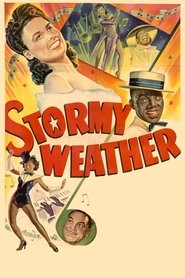 The relationship between an aspiring dancer...
The relationship between an aspiring dancer... Honest cop Tim Kerry struggles to...
Honest cop Tim Kerry struggles to...